Programming has become an essential skill in today’s world. With the rapid advancement in technology, businesses and industries rely heavily on software to perform various functions. As a result, the demand for programmers continues to increase, and so does the need to learn new programming languages.
However, choosing the right programming language to learn can be overwhelming, especially for beginners. With hundreds of programming languages available, each with its unique features and purposes, it can be challenging to determine which one is the best to learn.
As we head into 2023, the world of programming is constantly evolving and changing. New languages are being developed, while older languages are being updated and improved. With so many options to choose from, it can be difficult to decide which programming languages to learn. Here, we will take a look at 20 of the best programming languages to learn in 2023.
In this blog post, we will explore the best programming languages to learn in 2023. We will look at the most popular languages, their strengths, weaknesses, and use cases. By the end of this post, you should have a better understanding of the programming languages that are in demand and which one you should consider learning in 2023. So, whether you’re a beginner or an experienced programmer, this blog post is for you. Let’s dive in!
Table of Contents
1. Python Programming Language
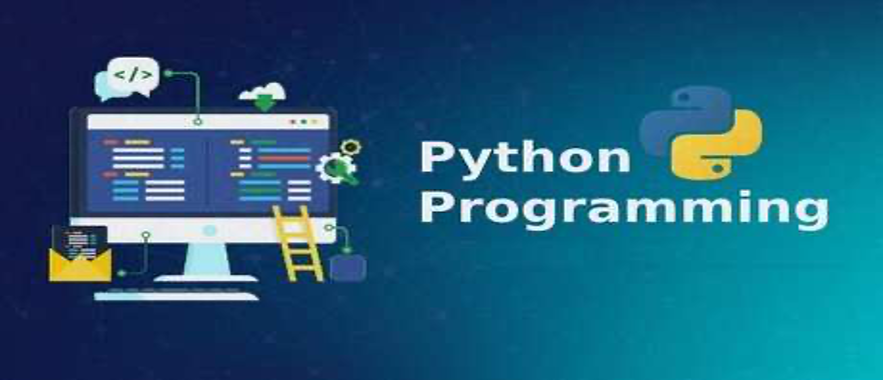
Python is a high-level, interpreted programming language that was first released in 1991 by Guido van Rossum. It is a dynamically-typed language, which means that variable types are determined at runtime rather than during compilation. It is also object-oriented, which means that it treats all data and code as objects.
Python is known for its broad range of applications and its versatility. It is often used in scientific computing, data analysis, machine learning, and artificial intelligence. In fact, Python has become the de facto language for many data science and machine learning tasks due to its large community and the abundance of libraries available.
In terms of language features, Python supports many common programming constructs such as loops, conditionals, and functions. It also has built-in support for common data structures like lists, dictionaries, and tuples. Python is also known for its strong support for functional programming paradigms, which allow developers to write more concise and expressive code.
Overall, Python is a powerful and versatile language that is popular for its ease of use, versatility, and large community. Whether you’re a beginner or an experienced developer, Python is a language worth considering for your next project.
2. JavaScript Programming Language
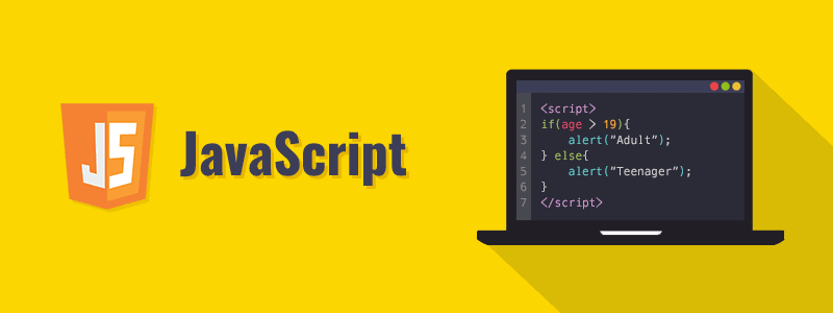
JavaScript is a high-level, interpreted programming language that is primarily used to create interactive web pages and web applications. It was first introduced in 1995 by Brendan Eich at Netscape Communications Corporation, and since then it has become one of the most popular and widely-used programming languages in the world.
JavaScript is a dynamically-typed language, which means that variable types are determined at runtime rather than during compilation. It is also a prototype-based language, which means that objects are defined by other objects, rather than through classes as in traditional object-oriented languages.
One of the key features of JavaScript is its versatility. It can be used for both client-side and server-side development and is often used in conjunction with HTML and CSS to create interactive web pages and web applications. With the advent of popular front-end frameworks like React and Vue, JavaScript has also become an increasingly popular language for building large-scale web applications.
JavaScript has a large and active community, which has resulted in the development of a vast library and framework ecosystem. These libraries and frameworks provide additional functionality for everything from web development to data visualization and have made JavaScript one of the most popular and widely-used programming languages in the world.
>> JavaScript: Programming Basics for Absolute Beginners (Step-By-Step JavaScript)
3. Java
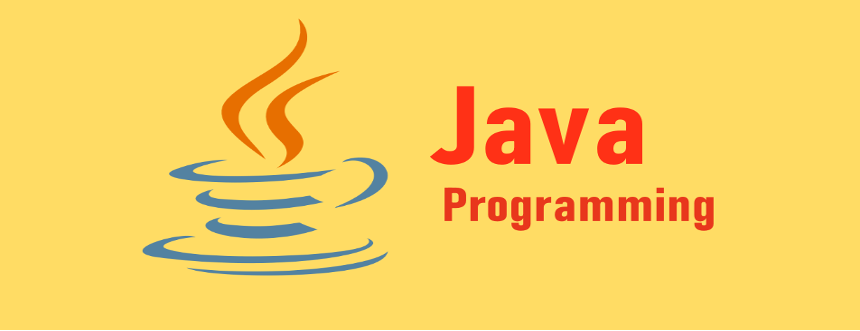
Java is a high-level, object-oriented programming language that was first introduced by Sun Microsystems in 1995. It is a compiled language, which means that the code is compiled into bytecode that can be executed on any platform that has a Java Virtual Machine (JVM) installed.
One of the key features of Java is its “write once, run anywhere” philosophy, which means that code written in Java can be run on any platform without the need for recompilation. This makes it a popular language for developing cross-platform applications and has made it the language of choice for many enterprise applications.
Java is also known for its strong type system, which ensures that variable types are determined at compile time, rather than at runtime. This helps to catch many errors before the code is even run, which can save time and reduce the likelihood of bugs and crashes.
Java has a large and active community, which has resulted in the development of a vast library and framework ecosystem. These libraries and frameworks provide additional functionality for everything from database connectivity to user interface design and have made Java one of the most popular and widely-used programming languages in the world.
Overall, Java is a powerful and versatile language that is popular for its cross-platform capabilities, strong type system, and support for multithreading. Whether you’re a beginner or an experienced developer, Java is a language worth considering for your next project.
4. C ++
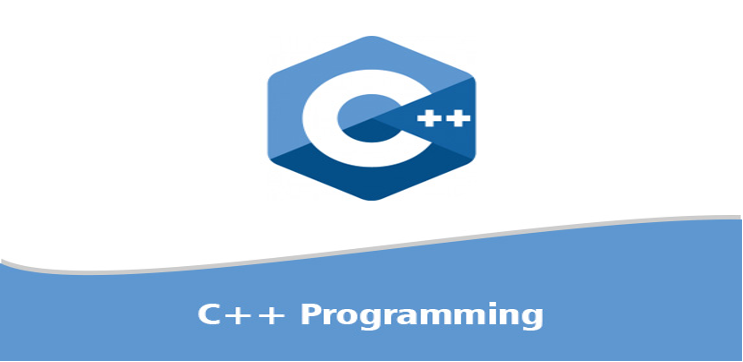
C++ is a powerful, high-performance programming language that was first introduced in 1983 as an extension of the original C programming language. It is a compiled language, which means that the code is compiled into machine code that can be executed directly by the computer’s processor.
One of the key features of C++ is its support for object-oriented programming (OOP), which allows developers to write code that models real-world objects and interactions between them. C++ also includes support for other common programming constructs like loops, conditionals, and functions.
In addition to OOP, C++ has a number of other features that make it a popular choice for high-performance computing applications. These include support for low-level memory manipulation, inline functions, and templates, which allow developers to write code that is both efficient and flexible.
C++ is also known for its support for generic programming, which allows developers to write code that is independent of specific data types. This is achieved through the use of templates, which can be used to define functions and classes that can work with different data types.
C++ has a large and active community, which has resulted in the development of a vast library and framework ecosystem. These libraries and frameworks provide additional functionality for everything from low-level hardware programming to high-level user interface design and have made C++ one of the most popular and widely-used programming languages in the world.
5. C #
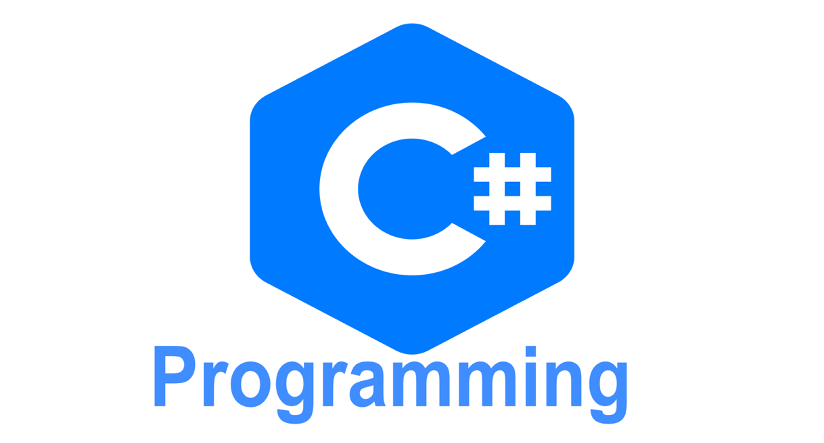
C# (pronounced “C sharp”) is a modern, high-level programming language that was developed by Microsoft as part of its .NET initiative. It was first introduced in 2000 and has since become one of the most popular languages for developing Windows applications, web applications, and games.
One of the key features of C# is its support for object-oriented programming (OOP), which allows developers to write code that models real-world objects and interactions between them. C# also includes support for other common programming constructs like loops, conditionals, and functions.
C# is designed to be a type-safe language, which means that the compiler checks the types of all variables and parameters at compile-time, ensuring that only valid operations are performed. This helps to reduce errors and improve code reliability.
C# has a large and active community, which has resulted in the development of a vast library and framework ecosystem. These libraries and frameworks provide additional functionality for everything from database connectivity to user interface design and have made C# one of the most popular and widely-used programming languages in the world.
One of the advantages of C# is its support for platform independence, with the introduction of .NET Core in 2016. Developers can now write C# code that can run on Windows, Linux, and macOS platforms, and even on mobile devices through Xamarin.
6. Ruby

Ruby is a high-level, interpreted programming language that was first created in the mid-1990s by Yukihiro “Matz” Matsumoto. It is a dynamically-typed language, which means that variable types are determined at runtime rather than during compilation. It is also object-oriented, which means that it treats all data and code as objects.
One of the key features of Ruby is its focus on readability and ease of use. The syntax of Ruby is designed to be very human-readable, with a strong emphasis on natural language constructs. This makes it a popular language for beginners to learn, as well as for experienced developers who value readability and expressiveness.
Ruby also has a number of built-in features that make it useful for web development, such as its support for building web applications with frameworks like Ruby on Rails. This support for web development has made it a popular language for building web applications, and many popular websites are built using Ruby on Rails.
Ruby also has a number of built-in tools and features that make it easy to work with external libraries and APIs. For example, the RubyGems package manager makes it easy to install and manage third-party libraries, and the built-in net/http library makes it easy to interact with web APIs.
>> The Ruby Programming Language: Everything You Need to Know
7. Swift
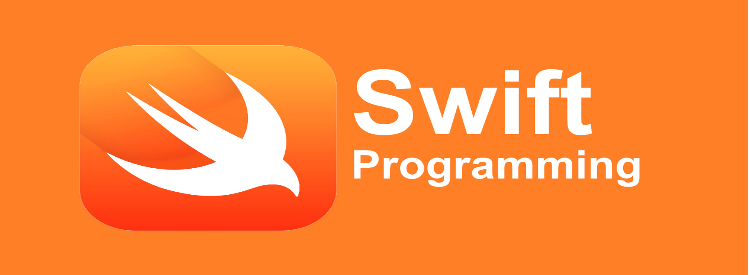
Swift is a powerful and modern programming language developed by Apple Inc. for use in developing software for its various platforms including iOS, macOS, watchOS, and tvOS. It was first introduced in 2014 and has since become one of the most popular languages for developing applications on Apple platforms.
One of the key features of Swift is its readability, which is achieved through the use of a clean syntax and the removal of legacy features from its predecessor, Objective-C. Swift also includes support for object-oriented programming (OOP), functional programming, and protocol-oriented programming (POP).
Swift includes a type inference system, which allows the compiler to automatically determine the type of a variable based on its initial value. This helps to reduce errors and improve code readability, while also providing the benefits of type safety.
Swift is designed to be a memory-safe language, which means that the compiler checks the memory usage of the code at compile-time and prevents memory errors like buffer overflows and null pointers. This helps to reduce errors and improve code reliability.
Swift also includes a large and growing library and framework ecosystem, which provides additional functionality for everything from user interface design to network connectivity.
Overall, Swift is a powerful and versatile language that is popular for its readability, type safety, and memory safety. Whether you’re a beginner or an experienced developer, Swift is a language worth considering for your next project, especially if you are developing applications for Apple platforms or server-side applications.
>> iOS 15 Programming Fundamentals with Swift: Swift, Xcode, and Cocoa Basics
8. GO
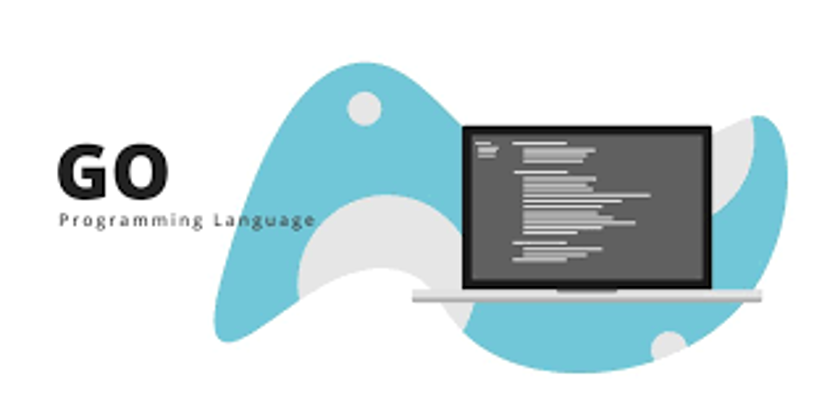
Go, also known as Golang, is a modern, statically-typed programming language developed by Google in 2007. It is designed to be simple, efficient, and scalable, making it a popular choice for developing large-scale web applications and network services.
One of the key features of Go is its support for concurrency, which is achieved through its lightweight goroutines and channels. Goroutines are functions that can run concurrently with other functions, allowing for efficient use of system resources. Channels are used for communication between goroutines, allowing them to share data and synchronize their actions.
Go is designed to be a type-safe language, which means that the compiler checks the types of all variables and parameters at compile-time, ensuring that only valid operations are performed. This helps to reduce errors and improve code reliability.
Go is also designed to be a memory-safe language, which means that it includes features like garbage collection and array bounds checking to prevent common memory-related errors like null pointer dereferences and buffer overflows.
Go includes support for common programming constructs like loops, conditionals, and functions, as well as support for object-oriented programming (OOP) through its use of structs and interfaces.
One of the advantages of Go is its ability to compile machine code, making it faster and more efficient than interpreted languages like Python and Ruby. This also makes it a popular choice for developing system-level software and utilities.
>> Learning Go: An Idiomatic Approach to Real-World Go Programming
9. Kotlin
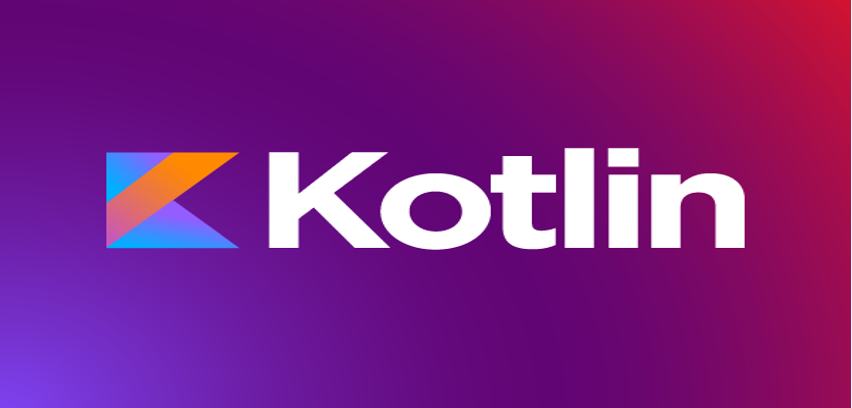
Kotlin is a statically-typed programming language developed by JetBrains, the same company behind popular development tools like IntelliJ IDEA, ReSharper, and WebStorm. It is designed to be a modern, concise, and powerful language that can be used for developing applications across a variety of platforms, including Android, web, and desktop applications.
One of the key features of Kotlin is its interoperability with Java, allowing developers to use Kotlin alongside existing Java codebases. Kotlin also includes support for functional programming, including support for higher-order functions and lambda expressions.
Kotlin is a type-safe language, which means that it provides compile-time checks for type mismatches and nullability. It also includes features like smart casts and extension functions, which help to reduce boilerplate code and improve code readability.
Another feature of Kotlin is its support for coroutines, which allow for asynchronous programming without the use of callbacks or dedicated threads. This can help to simplify code and improve performance, particularly in applications that involve a large number of concurrent tasks.
Kotlin also includes support for object-oriented programming (OOP) through its use of classes, interfaces, and inheritance. In addition, Kotlin provides a number of language features that simplify common programming tasks, such as string interpolation, named parameters, and data classes.
>> Kotlin In-Depth: A Guide to a Multipurpose Programming Language
10. TypeScript
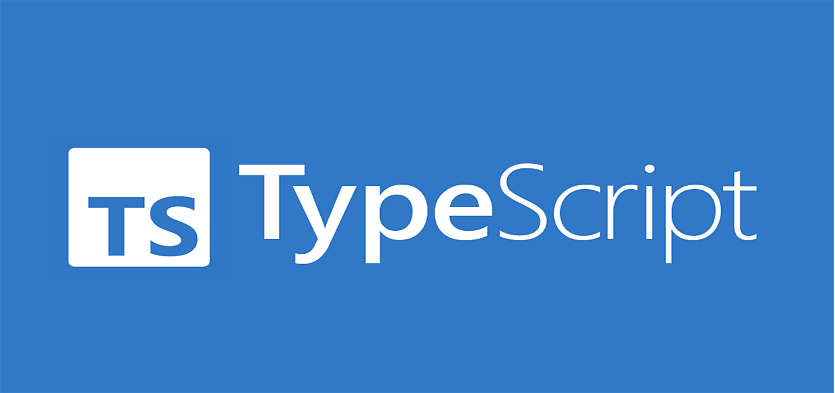
TypeScript is a statically-typed programming language developed by Microsoft. It is a superset of JavaScript, which means that any valid JavaScript code is also valid TypeScript code. TypeScript adds optional static type checking and other features to the JavaScript language, making it easier to write and maintain large-scale JavaScript applications.
One of the key features of TypeScript is its support for static typing. With static typing, the TypeScript compiler can catch common errors such as type mismatches, undefined variables, and null references at compile-time, rather than at runtime. This can help to reduce the number of bugs and improve code reliability.
TypeScript also includes support for interfaces and classes, allowing developers to write object-oriented code that is more readable and easier to maintain. Interfaces define contracts for objects, specifying the properties and methods that the object must have. Classes can implement these interfaces and provide the implementation details.
Another feature of TypeScript is its support for enums and generics. Enums allow developers to define named constants that have a fixed set of values, while generics allow developers to define functions and data structures that work with multiple types.
TypeScript also includes support for modules and namespaces, allowing developers to organize their code into reusable units that can be shared across multiple applications or projects. This can help to improve code reuse and reduce duplication.
>> Learning TypeScript: Enhance Your Web Development Skills Using Type-Safe JavaScript
TypeScript has a growing ecosystem of tools and frameworks, including the popular Angular framework, which is built entirely in TypeScript. Other popular frameworks and libraries, such as React and Vue, also have first-class support for TypeScript.
In conclusion, the best programming languages to learn in 2023 will depend on your specific needs and interests. Python, JavaScript, and Java are great choices for beginners and general-purpose programming, while C++, C#, and Swift are popular for building high-performance applications. Rust, Kotlin, and Go are newer languages that are gaining popularity, and SQL, Shell, and R are essential for working with data. With so many options to choose from, it’s important to do your research and find the language that best fits
Credits : Kingsley Odume (Medium.com)






Pingback: Cost of a Website in 2023: How Much Should You Expect to Pay? - TechyK
Pingback: Discover the Top 20 Must-Have Features of Django for Web Development in 2023 - TechyK
Reading your article helped me a lot and I agree with you. But I still have some doubts, can you clarify for me? I’ll keep an eye out for your answers.
Thank you for your sharing. I am worried that I lack creative ideas. It is your article that makes me full of hope. Thank you. But, I have a question, can you help me?
Thank you for your sharing. I am worried that I lack creative ideas. It is your article that makes me full of hope. Thank you. But, I have a question, can you help me?
Can you be more specific about the content of your article? After reading it, I still have some doubts. Hope you can help me.
Your article gave me a lot of inspiration, I hope you can explain your point of view in more detail, because I have some doubts, thank you.